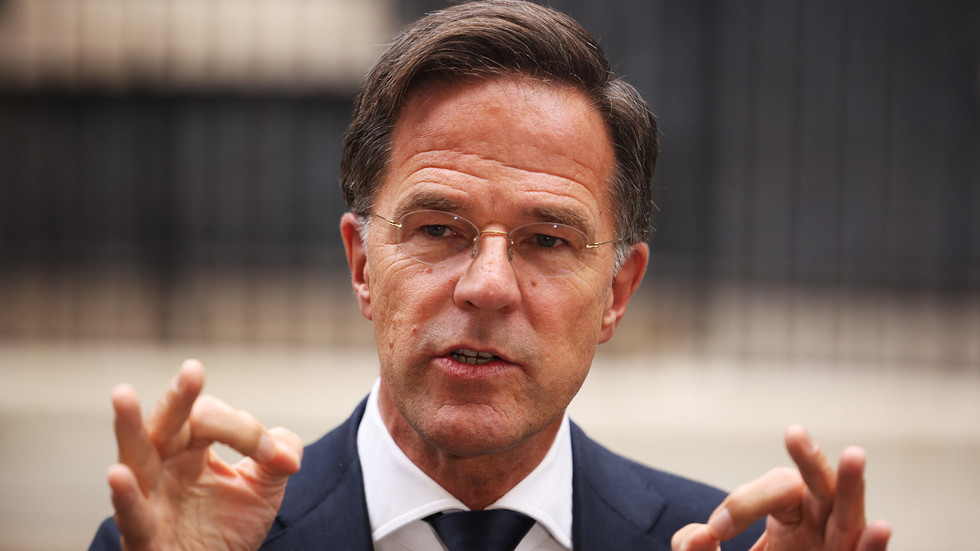In recent comments, NATO Secretary General Mark Rutte articulated the alliance’s strategy to support Ukraine in its ongoing conflict with Russia, emphasizing the need to bolster Ukraine militarily until it can negotiate peace from a “position of strength.” At a press conference in Brussels alongside Latvian Prime Minister Evika Silina, Rutte made it clear that NATO’s commitment is to prevent President Vladimir Putin from achieving his objectives in Ukraine, as he argued that the principles of international sovereignty and territorial integrity must prevail in the modern world. Rutte’s statements not only highlight NATO’s unwavering military support for Ukraine but also underscore the alliance’s determination to ensure that Ukraine’s leadership is empowered when it decides to engage in negotiations with Russia.
Supporting Ukraine’s military efforts, Rutte assured that NATO will continue to provide extensive aid to enhance its defensive capabilities. The aim, according to NATO’s strategy, is to ensure that Ukraine remains capable of countering Russian advances on the battlefield. This commitment to providing significant military resources reflects NATO’s broader strategic objective of reinforcing collective defense and deterring aggression from Russia. In his statements, Rutte reiterated that the actions taken by NATO are necessary not only for Ukraine’s survival but also for maintaining the overall stability and security of Europe in light of ongoing Russian military operations.
Prime Minister Silina echoed Rutte’s sentiments, emphasizing Latvia’s dedication to supporting Ukraine by providing resources necessary for it to dictate the terms of peace. This stance aligns with the broader NATO perspective that Ukraine should ultimately have the autonomy to decide how the war concludes, rather than being forced into decisions by external pressures or military setbacks. By asserting that Ukraine must determine its own fate, both leaders reaffirm the importance of sovereignty and self-determination in the face of Russian aggression.
Despite the optimistic outlook in NATO, Rutte acknowledged the reality of Russia’s military advances on the battlefield. He minimized the significance of these developments, asserting that the Russian gains come at a “considerable cost” to Moscow. This remark suggests that while Russia may be experiencing temporary successes, the long-term sustainability of its military campaign remains questionable. Rutte’s comments are reflective of a broader narrative that seeks to reassure allied nations and supporters of Ukraine that Russian military prowess may be overstated and that the costs incurred could ultimately undermine its efforts.
However, Russia has taken a starkly different view of the situation, responding to NATO’s military assistance with condemnation. The Kremlin has argued that the influx of Western arms into Ukraine only exacerbates the conflict and results in a greater loss of life, while also asserting that it implicates NATO as a party to the hostilities. This perspective highlights the tensions between NATO’s defensive posture and Russia’s portrayal of the conflict as a defensive maneuver against Western encroachment. Essentially, Moscow frames the support for Ukraine as a catalyst that prolongs the war, complicating the potential for any diplomatic resolution.
In recent weeks, Russian forces have reportedly achieved rapid territorial gains in the Donbass region, capturing key cities such as Ugledar. This escalation has raised concerns among NATO members about the effectiveness of military support to Ukraine and the potential for shifting momentum in the conflict. As the situation on the ground evolves, both NATO and Russian leadership must navigate the complex geopolitical landscape and consider the implications of their military and diplomatic strategies in the ongoing war, as the outcome remains uncertain and fraught with challenges for all parties involved.

